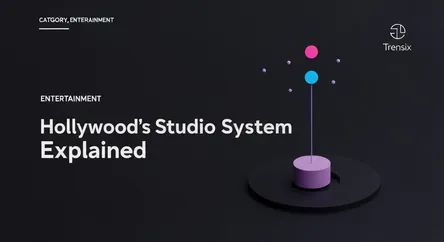Entertainment
Hollywood's Studio System Explained

Explore the classic Hollywood studio system, where major studios controlled filmmaking from production to exhibition, and its lasting impact on cinema.
What is it?
The studio system was the dominant method of filmmaking in Hollywood from roughly the 1920s to the 1950s. During this "Golden Age," a few major studios, known as the "Big Five" (MGM, Paramount, Warner Bros., etc.), controlled nearly every aspect of the film industry. This practice, called vertical integration, meant they owned the production facilities, distribution networks, and even the movie theaters. The system also put actors, directors, and writers under exclusive, long-term contracts, effectively creating the "star system" where studios meticulously built and managed the careers and public images of their performers.
Why is it trending?
The studio system remains a vital topic for understanding cinema's evolution. Film historians and cinephiles frequently discuss it when analyzing classic movies and the industry's history. Its relevance is also renewed in conversations about modern media conglomerates and streaming services. Companies like Netflix and Disney, which produce original content and control its distribution on their own platforms, are often compared to the old studios. This draws parallels in business strategy and raises questions about creative control and market power in today's digital landscape, keeping the historical model in the spotlight.
How does it affect people?
The legacy of the studio system is immense. It established the genres, glamour, and narrative formulas that still influence filmmaking today and created the concept of the "movie star." However, it also limited the creative freedom of artists, who often had little say in their projects. The system's end, spurred by the 1948 U.S. v. Paramount Pictures antitrust case, broke up this monopoly. This seismic shift eventually allowed for the rise of independent filmmakers and a more director-driven approach to cinema, fundamentally changing how movies are made.